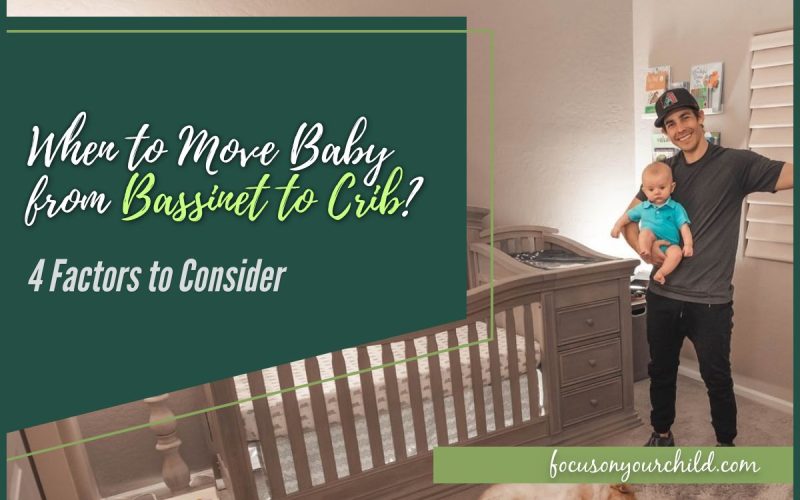While many parents get their nurseries ready for the arrival of their babies, other parents actually choose to have their babies in bassinets inside their own bedrooms. This arrangement can be quite convenient when it comes to monitoring and taking care of the baby during the first few weeks. However, there will come a time when the parents might have to consider moving the baby from a bassinet into a crib.
Moving your baby from bassinet to crib is based on two primary factors: weight and mobility. If your baby is about to surpass the weight capacity of the bassinet, then you should move the baby to a crib. Additionally, once your baby begins to roll around in the bassinet, you should also move them to a crib. Some parents can use age as a factor, but different babies develop at their own pace.
This article will discuss the different factors to consider allowing parents to make an informed decision on when to move baby from bassinet to crib.
Difference Between a Bassinet and a Crib
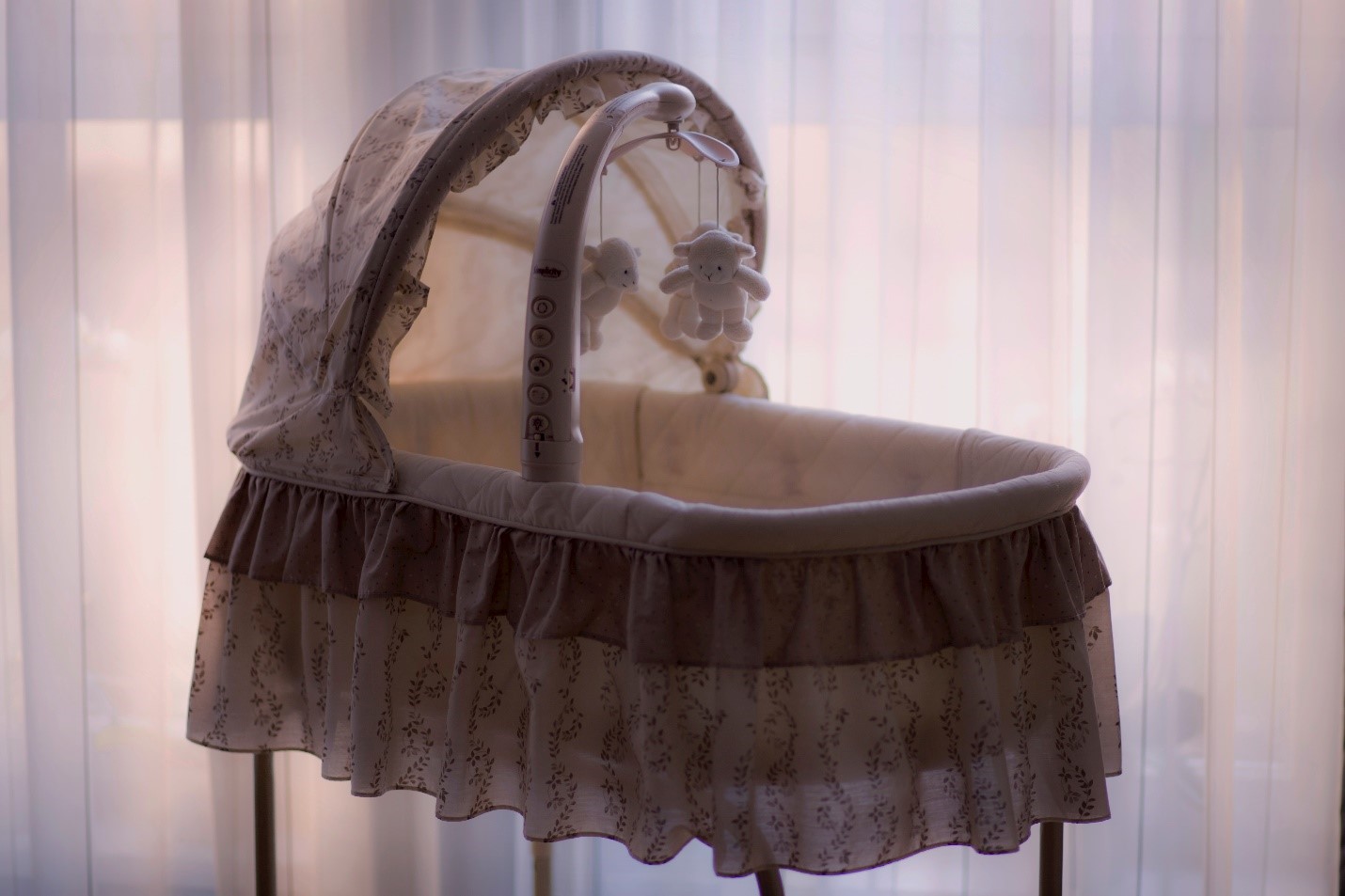
There are some parents who initially put their babies in bassinets instead of cribs. This is because of the inherent differences between a bassinet and a crib. In order to understand when to move your baby from bassinet to crib, it is important to first understand the differences between the two.
The major difference between a bassinet and a crib is the size. Bassinets are typically smaller, making them especially convenient for a newborn. Because of the smaller size, it is easier to place a bassinet inside your bedroom. Many parents even place the bassinet right against their own beds. This close proximity makes it significantly easier to keep an eye on a newborn, as well as waking up in the middle of the night for soothing, changing, and feeding.
On the other hand, a standard crib is definitively bigger than a bassinet. If a bassinet comes at around 30-33 inches long by 15-18 inches wide, a standard crib comes at 52 inches long by 28 inches wide. A standard crib might be too big to fit inside your bedroom comfortably, but it is a nice size to be placed in its own nursery.
The difference in size also brings about more differences between a bassinet and a crib. Understandably, the size difference also means that a bassinet will have a lighter weight capacity than a standard crib. Many bassinets are capable of supporting babies of up to 15 pounds or more. However, most standard cribs are rated for up to 50 pounds. While bassinets are sufficient for newborns up to a few months, you know that you’ll eventually have to transition your baby to a crib down the road.
A bassinet and a crib can also differ in construction. On average, bassinets are much shallower than a crib. This makes it easy to take care of the baby during the first few months as the parents won’t have to bend over too much. However, the crib is built to be much deeper as a precaution against a moving baby.
| Bassinet | Standard Crib | |
| Length | 30-33 in | 52 in |
| Width | 15-18 in | 28 in |
| Weight Capacity | 15 lbs | 50 lbs |
| Walls | Mesh, screen, net | Hard side slats |
| Other Features |
|
|
| Advantages |
|
|
Signs You Need to Move Your Baby from Bassinet to Crib
-
Weight
One of the primary factors to consider when deciding when to move baby from bassinet to crib is the baby’s weight. As mentioned above, bassinets and cribs are not rated for the same weight capacities. Since cribs are more standardized, it is more common to find cribs rated for up to 50 pounds. On the other hand, bassinets are usually rated for much lower weight capacities.
For newborns, a lower weight capacity should suffice for a few months. A bassinet should be able to hold up to at least 15 pounds. However, you should also be able to find bassinets that can carry more than 15 pounds. There are some bassinets that can be rated for up to 30 pounds.
Thus, you have to be sure how much weight your bassinet is rated for. Just because your baby is about to hit the 15-pound mark, doesn’t mean you have to move your baby to a crib if your bassinet is rated for a higher weight capacity.
Nonetheless, it is important to make sure you are aware of the weight capacity of your bassinet as this can become a safety issue. Once you are sure you are aware of the weight capacity of the bassinet, you will have to be vigilant in monitoring your baby’s weight to ensure their safety whilst inside the bassinet.
-
Mobility
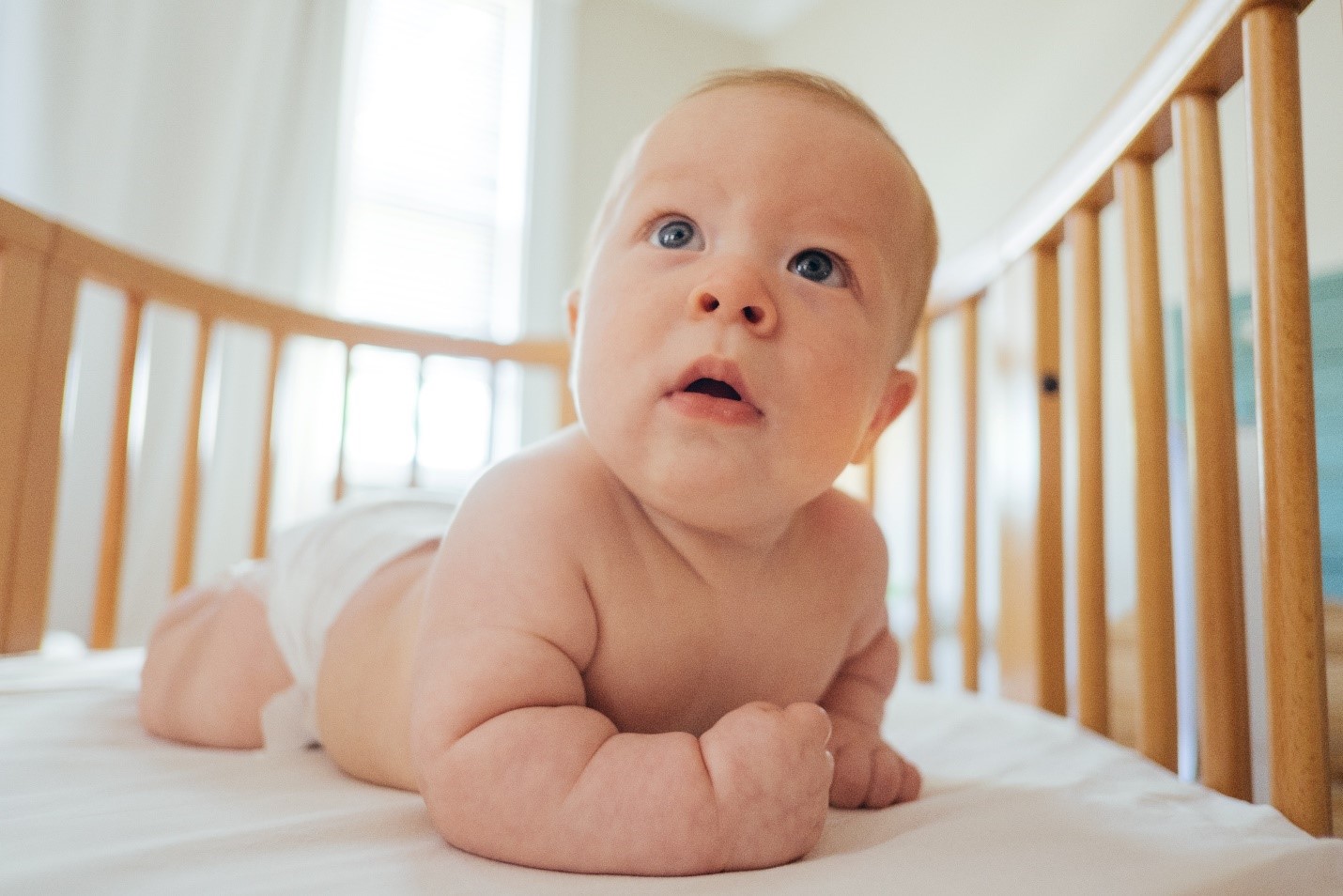
For the first few months of their lives, babies are mostly immobile. This can make it exceptionally easy to look after them. While it is an exciting moment when your baby begins to roll over or even crawl, that is also a factor to consider when to move baby from bassinet to crib.
Typically, a newborn baby would start rolling around at about 4 months old. However, every baby is different which means it shouldn’t be too surprising to find your baby rolling earlier than that. It may start as a form of rocking from side to side, but that could quickly develop into rolling over onto their belly. When you notice this type of behavior, you might have to begin considering moving your baby to a crib.
The problem with a mobile baby is that a bassinet typically has a shallower depth compared to a crib. This means the walls of the bassinet do not go too high. It’s still high enough to be relatively safer for a baby compared to a flat surface. However, parents might want to want to put their baby in a deeper type of bed to ease their own worries.
Additionally, bassinets are usually static in the sense that their height cannot be adjusted. Unlike bassinets, cribs are typically adjustable, able to accommodate the growing baby for a longer time.
-
Age
When considering moving baby from bassinet to crib, you can possibly use age as a factor as well. However, age is more of a secondary factor that is still associated with the two previous factors mentioned.
For example, your baby should probably be fine for the first few months. If you’re looking at weight as a basis for concern, your baby would probably hit the 15-pound mark at around 4-5 months. On the other hand, if you’re looking at mobility, babies begin to start rolling at around 4 months as well. Given these numbers, it seems like a bassinet should be fine up until your baby is 4 months old.
However, age is not the most reliable factor since your 4-month-old baby might not be the same as other 4-month-old babies. If your baby is growing faster, you might have to consider moving baby from bassinet to crib before then. On the other hand, your baby can also be a late bloomer and should be fine in a bassinet until they get big enough or until they begin showing mobility.
-
Your Sleep
The last factor you should consider doesn’t have anything to do with the baby, the bassinet, or the crib. Instead, the final factor depends on you. How well have you been sleeping since the baby has been sleeping in the bassinet inside your room? Understandably, the first few weeks will be a difficult time for your sleeping schedule. However, how well has it been since then?
If you find yourself having difficulty sleeping with the baby inside the room, you should also use that as a factor when considering moving baby from bassinet to crib. You may have been concerned during the first few weeks, but now that you’re accustomed to being a parent, you might be able to start letting your baby sleep in the nursery in a crib from now on.
Don’t think of it as a selfish idea when you want better sleep because you need to be well-rested to function properly. This means that the amount of rest you get is associated with how well you can take care of your baby. Taking care of babies requires a monumental amount of attention and you won’t be able to provide that amount of attention if you’ve been lacking sleep.
Moving Baby from Bassinet to Crib
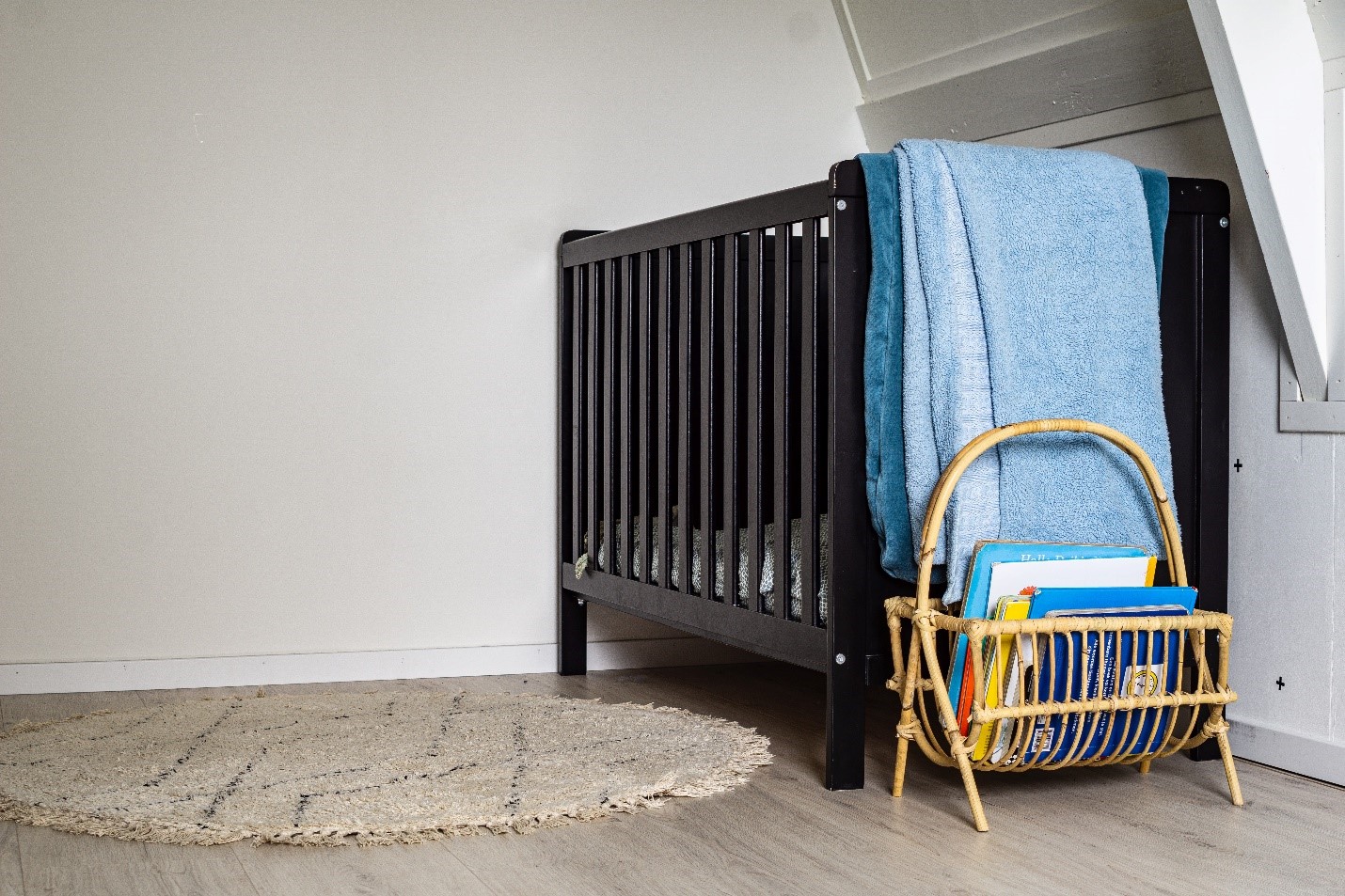
When you have seen the signs and have made the decision to move your baby from a bassinet to a crib, there are some things you can do to help make the transition a little smoother.
-
Naps in Crib
One of the easiest ways to transition your baby from bassinet to crib smoothly is by making them take naps in their cribs. Assuming you already have a crib in a nursery ready for use, you can always simply have your baby take their daily naps in the crib instead of the bassinet. This simple move helps the baby associate sleep with the crib. Although they may think it’s only for naps at first, this can make the transition easier for both of you.
-
Swaddle
One of the biggest differences that your baby might feel when moving from a bassinet to a crib is the amount of space they have. This difference in space could actually be unnerving, especially to babies who want to be snug.
A great way to make your baby feel comfortable in the new crib is to swaddle them. Swaddling is a traditional technique of wrapping a baby in a blanket, ultimately restricting their movement. Swaddling has been found to be relaxing to many babies as the tightness of the wrap can simulate the feeling of being inside the womb. This is excellent as the swaddle could help make them feel warm and cozy while being introduced to a much bigger space such as a crib.
-
Bedtime Routine
While a newborn may be difficult to put into a routine, you should establish a daily routine as soon as you can. Having a routine can help set your baby’s body clock to certain tasks like what time to wake up, what time to eat, and lastly what time to sleep.
Having a bedtime routine can help them get to sleep, no matter where they are because their bodies know the indicators when it’s time for them to go to sleep at night. You can do this by having an established bedtime routine such as a bath, reading books, playing with them, and such. Whatever your bedtime routine is, it’s important to be consistent so that your baby will know it’s time to sleep as soon as you’re following the bedtime routine.
-
Crib in Bedroom
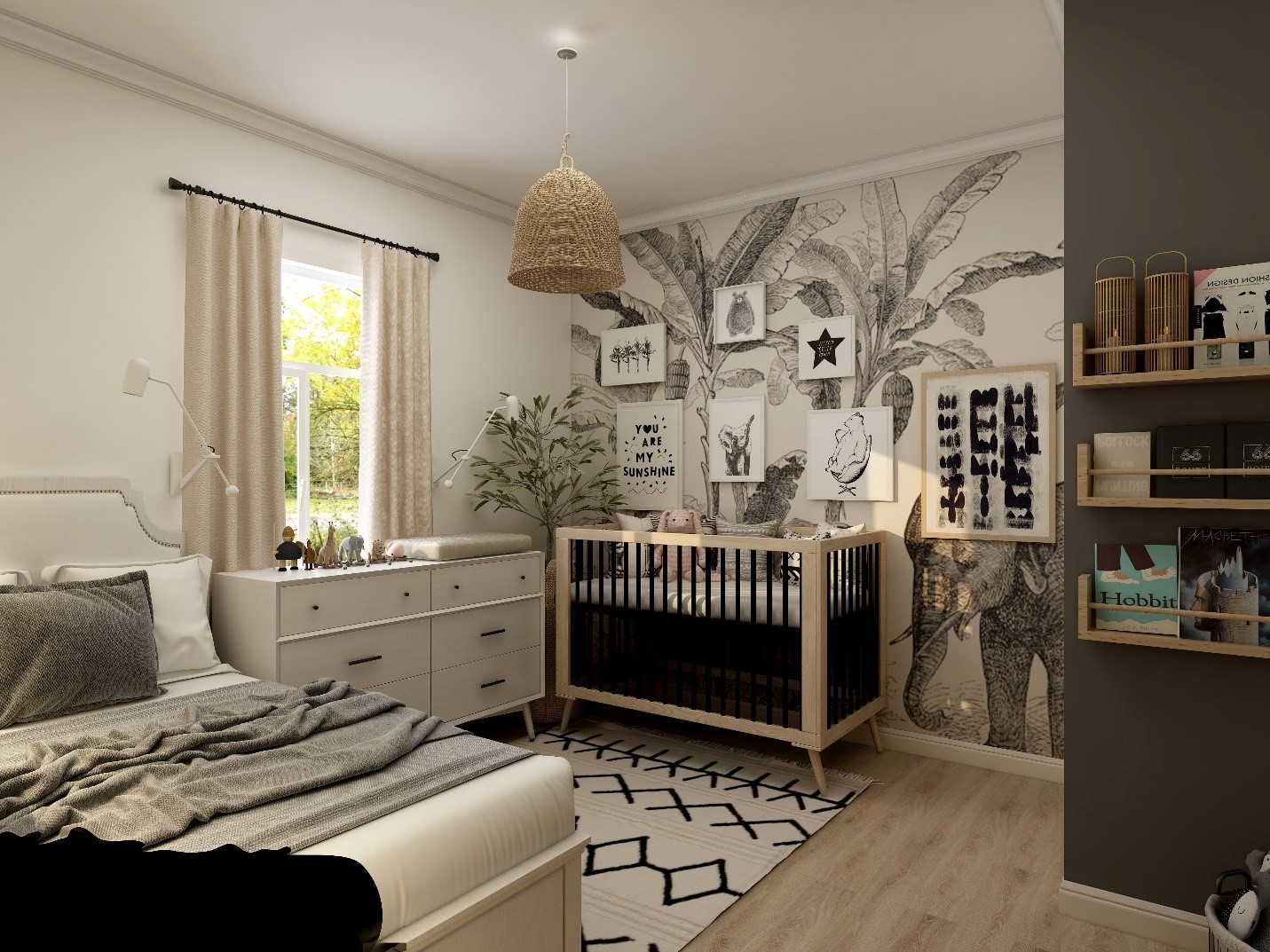
Another way to slowly ease your baby from the bassinet to the crib is actually by bringing the crib into your bedroom. Moving them to a crib in another room can be too big of a change for them. Thus, you can help minimize the change by just changing one variable: the bed. They can still feel safe and comfortable inside your room while learning to adjust to sleeping inside a crib. Once you feel like they’ve adjusted well to the crib, then you can move the crib back to the nursery.
-
Sleep in the Nursery
In the same vein as minimizing the number of variables being changed all at once, you could also consider sleeping in the nursery for the first few nights. It may not necessarily be your bedroom that gave them the feeling of safety and comfort but your presence. Being there in the nursery with them can significantly help them adjust to their new environment. It would be great if you already have a couch inside the nursery, but setting an air mattress on the floor should also do the trick.
